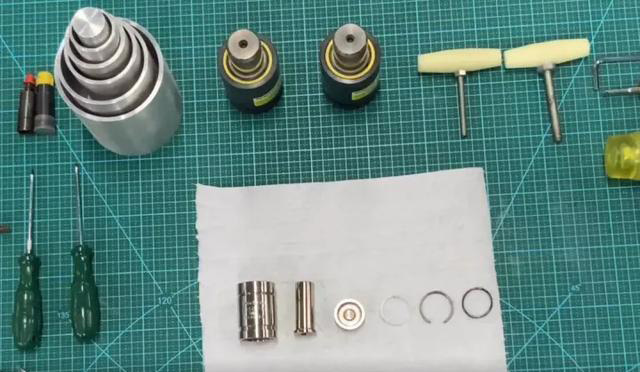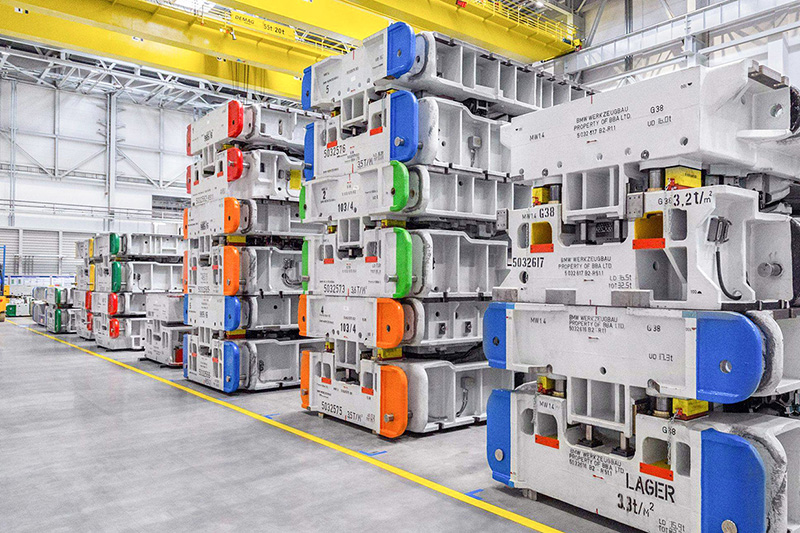The nitrogen gas spring is a component with elastic function. It seals high-pressure nitrogen in a certain container. The external force compresses the nitrogen through the plunger rod. When the external force is removed, the high-pressure nitrogen expands to obtain a certain elastic pressure. The structure of the nitrogen gas spring is shown in the figure. It is composed of the following parts, namely the plunger rod or piston rod that receives the force and generates the elastic pressure, the cylinder body, the cylinder head and the cylinder bottom of the air chamber, the static seal part, the dynamic seal part , Guide part, air-filled structural components, lubrication system, fastening connection part, safety valve, dustproof device and anti-eccentric load limit device.

Nitrogen gas springs can be divided into independent gas springs and non-independent gas springs according to their uses. The independent nitrogen spring is a single nitrogen spring constitutes an independent unit, forming a closed system by itself, and can work independently at any desired position. The non-independent nitrogen gas spring is a gas spring system by connecting several gas springs together through the gas spring bottom plate, or connecting several independent gas springs together with a hose.
Precautions for the use of nitrogen gas springs:
The ambient temperature (temperature around the mold) is 0-40°C (32-104°F). Please use within this temperature range. When the temperature is higher than 70°C, the gas spring may cause serious accidents such as danger. Even if there is no explosion, the nitrogen sealing ring will be deteriorated due to overheating, causing distortion and deformation, which will greatly reduce the life of the nitrogen spring and cause air leakage. In order to prevent heat dissipation and contact with the mounting holes, it is recommended to set a gap of about 1mm on one side.

Do not charge or exhaust the nitrogen gas spring under load. The filling gas must be nitrogen (N2). Please do not fill the nitrogen spring with flammable, explosive gas or volatile liquid, otherwise it may cause an explosion accident, which is very dangerous. Please fill below the pressure indicated by the marking on the cylinder, and increase the pressure slowly. The filling pressure should be inflated according to the pressure range specified in the instruction manual. Inflation pressure range: 2.5MPa-15MPa (20 degrees)
Please inflate with the piston rod completely exposed from the cylinder. If you inflate without exposure, set the inflation pressure at the beginning to 0.6MPa, inflate slowly, and increase the pressure after the piston rod is completely exposed. Please do not directly use high-pressure gas for rapid inflation. Otherwise, it may cause damage to the nitrogen gas spring, and may also cause serious damage and danger to nearby machines and personal safety. If you really need to adjust the pressure, you can call Yuanxiang, do not forcibly fill with nitrogen by yourself, because high-pressure gas is easy to cause danger, and you must operate under professional personnel to avoid danger.







